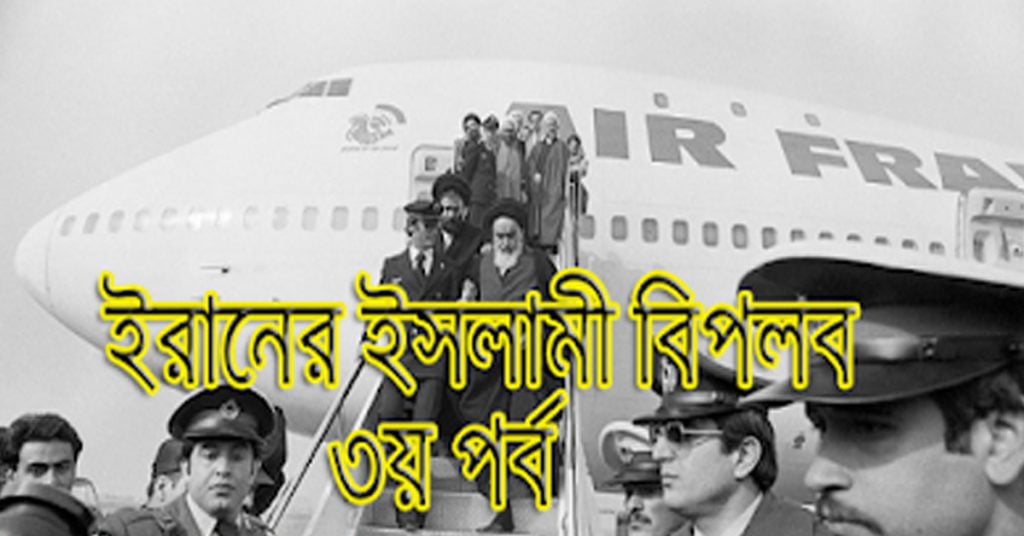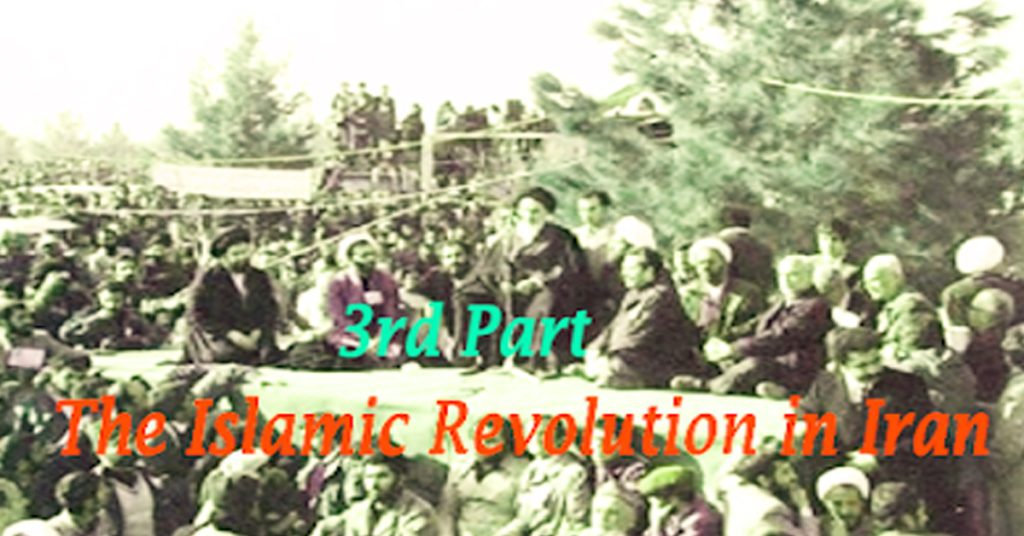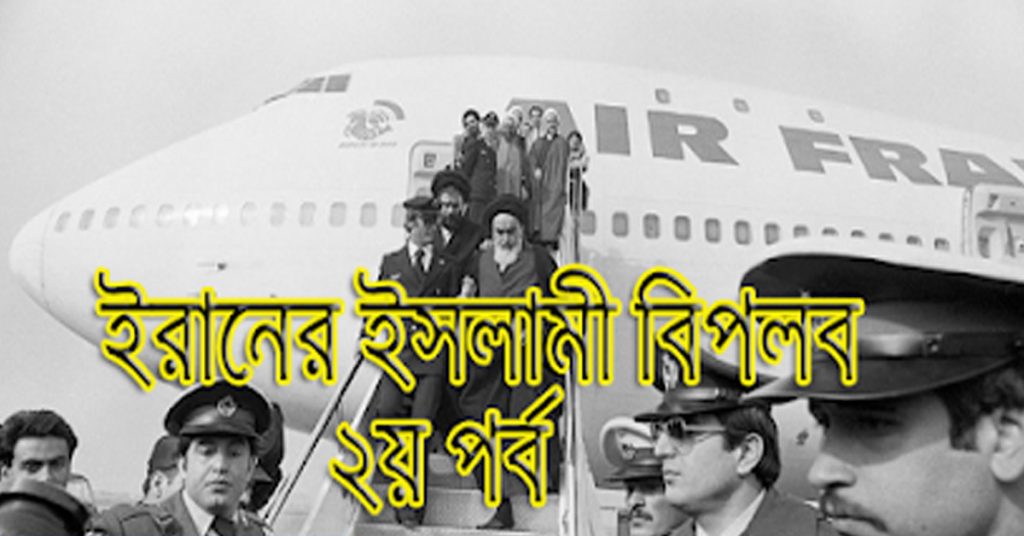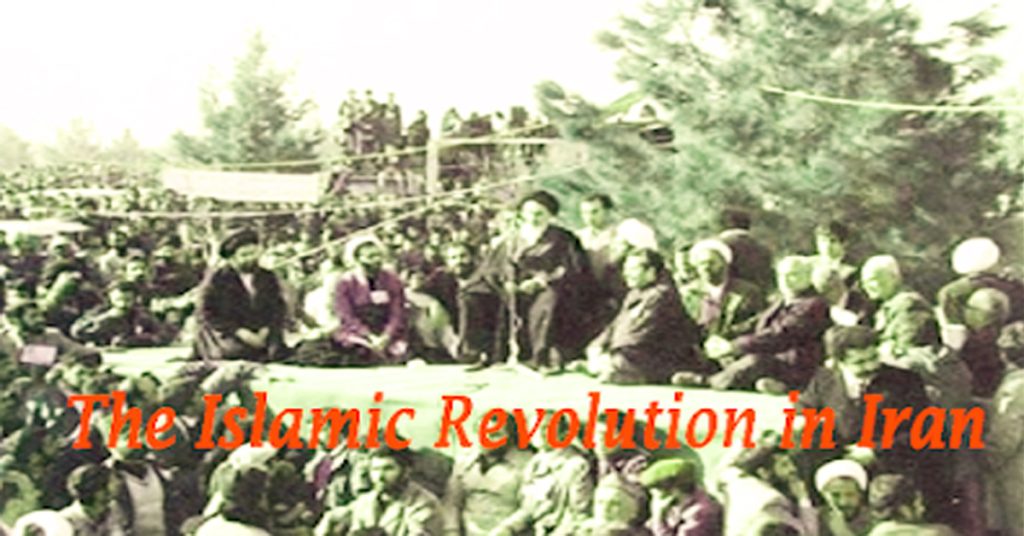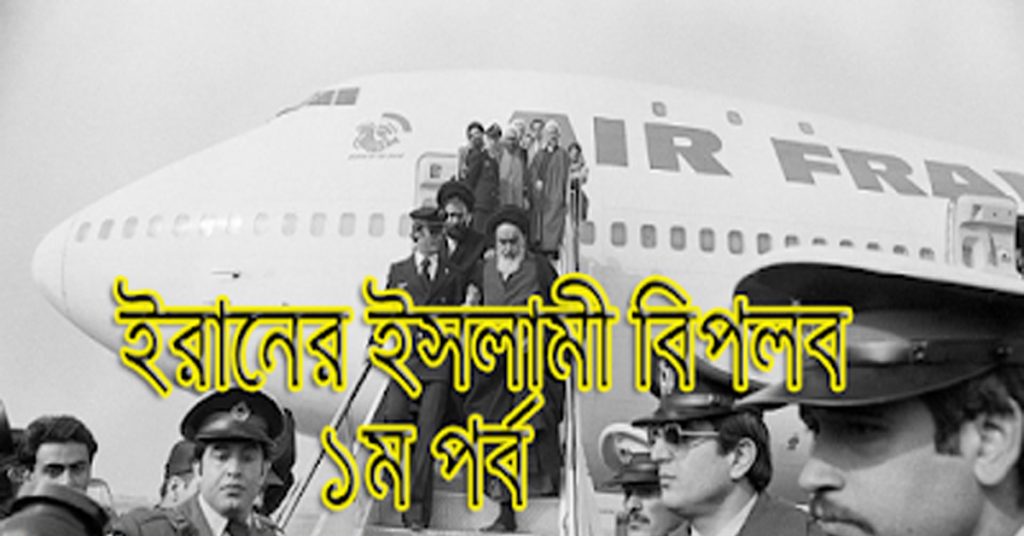The Islamic Revolution in Iran 2nd Part.
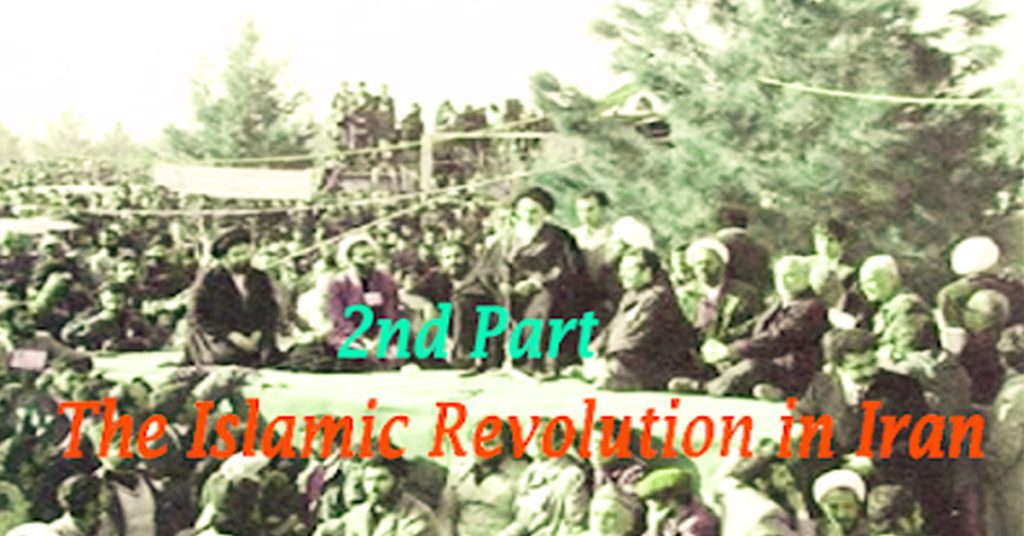

The days of the Islamic Revolution in Iran
(2nd episode)
Imam Khomeini’s life in exile began on November 4, 1964.
After being held in Turkey for 11 months, the imam was sent to Iraq.
After the removal of Imam Khomeini (ra) from Iran, the anti-Shah movement temporarily came to a standstill.
At that time, Shah’s security forces started searching for the protesters and killed many of them.
Many were by the Shah’s forces.
Shah’s authoritarian government strengthened his intelligence and security agency Savak more than ever.
The main responsibility of the Savak members was to identify the Shah’s opponents, arrest them and even kill them if necessary.
The US Central Intelligence Agency (CIA) and the Israeli spy agency Mossad provided all kinds of training to members of Iran’s Savak.
The people of Iran back then were not as economically prosperous as they are today.
the money earned from
the oil sector was spent
on the pleasures of the ruling class without spending on public welfare.
A large portion of the people’s
money was spent on maintaining
the support of the United States and occupying Israel for the Shah.
As a result, the common people of Iran lived in extreme hardship. On the other hand,
the Shah used to invite foreign guests to starve the common people and spend billions of dollars on various lavish festivals.
In 1986, the Shah organized a dazzling celebration to mark the 25th anniversary of his accession to power.
Then, in 1961, an expensive festivalwas
organized to
mark the two and a half thousand years of monarchical rule in Iran.
Presidents, prime ministers and kings of several
countries were invited to the festival.
Billions of dollars were spent on this festival.
The festival was an attempt to present oneself as mighty. This is not the end.
The following year, the anniversary of this festival
is alsocelebrated with great pomp.
Then in 1975,
the 50th anniversary of the Pahlavi dynasty’s
accession to the throne was celebrated
with great pomp and ceremony.
Such a costly event seemed to hasten the fall of the Shah when the common people of Iran were in dire financial straits.
The common people of Iran were then unable to meet even their basic needs.
The Islamic Revolution in Iran
For this reason, he undertook a comprehensive program to undermine the influence of Islam in Iran.
One of the major goals of the two-and-a-half-thousand-year-old monarchy was to erase Islam from Iranian history.
The Shah introduced the Shahi year in Iran instead of the Hijri year as part of his anti-Islamic activities.
In March 1968, the Shah issued an order to count the dates from the establishment of the monarchy two and a half thousand years ago.
Several political parties loyal to the Shah were
formed
in Iran
at that time.
But Shah declared these parties abolished in 1975 and formed a party called Rastakhiya under his leadership.
After the formation of that party, Shah, that is, Mohammad Reza, boasted that no one,
Chak or not, all the people of Iran are now members of only one party, the Rastakhiya Party.
If no one agrees, he can declare it,
then we can send him out of the country with a passport.
And if anyone does not want to leave the country, his refuge will be in prison.
Shah got courage for such bragging from the United States.
The US government was cooperating with Shah in implementing his anti-Islamic plans.
Shah assumed that the people’s movement
would be
defeated
by the US conspiracy and he would be able to continue his misdeeds for the rest of his life.
In the absence of Imam Khomeini,
a number of anti-Shah guerrilla
groups were
established
in Iran.
The Islamic Revolution in Iran
The guerrilla movement
was
joined by
followers of other ideologies besides Islamists.
But these guerrilla organizations were not very successful.
Most of the religious leaders in Iran, including Imam Khomeini,
thought that in order for the revolution to succeed,
the people must
first be m ade aware.
To this end, they spread Islamic teachings and leaked information about the Shah’s wrongdoings and corruption. Of course, this task was not very easy.
Because at that time
he woul
d be arrest
ed o
nly
if he
opposed Shah.
Any scholar who spoke out against the Shah’s oppression and called for a
stand against
injustice was sub
jected to unbearable tort ure an
d deportation.
The situation at the time was so grim that in 1970,
Iran’s top cleric, Ayatollah Sayyid Mohammad Reza Sayedi,
was arrest ed and tort ured to de
ath for declaring support for Imam Khomeini.
Another scholar, Aya
toll ah Ghaffari, was
arrested and killed in
1974 for the same reason.
Then in June 1976, Iran’s Muslim thinker said. Ali Shariati died in a suspicious manner. Dr. on Muslim student society.
Ali had
extensive influence on th
e Shariah and is thought to have
died as a result of a
conspiracy by the Shah’s followers.
Despite all these obstacles, Iranian scholars and jurists continue the process of educating the people.
They continue to inform the people about the Shah’s oppression, luxury, Islamophobia, corruption, love of America and Judaism.
A few years before the success of the Islamic Revolution, the sudden rise in world oil prices and the unwavering support of then-US President Nixon made the Shah of Iran even more arrogant.
At the time, the Shah’s government in
Iran
was
tasked
with protecting
US interests throughout the Middle East. However, corruption and inequality are widespread in his administration Fell.
(Collected)

